Gauging sustainable spiny lobster fisheries
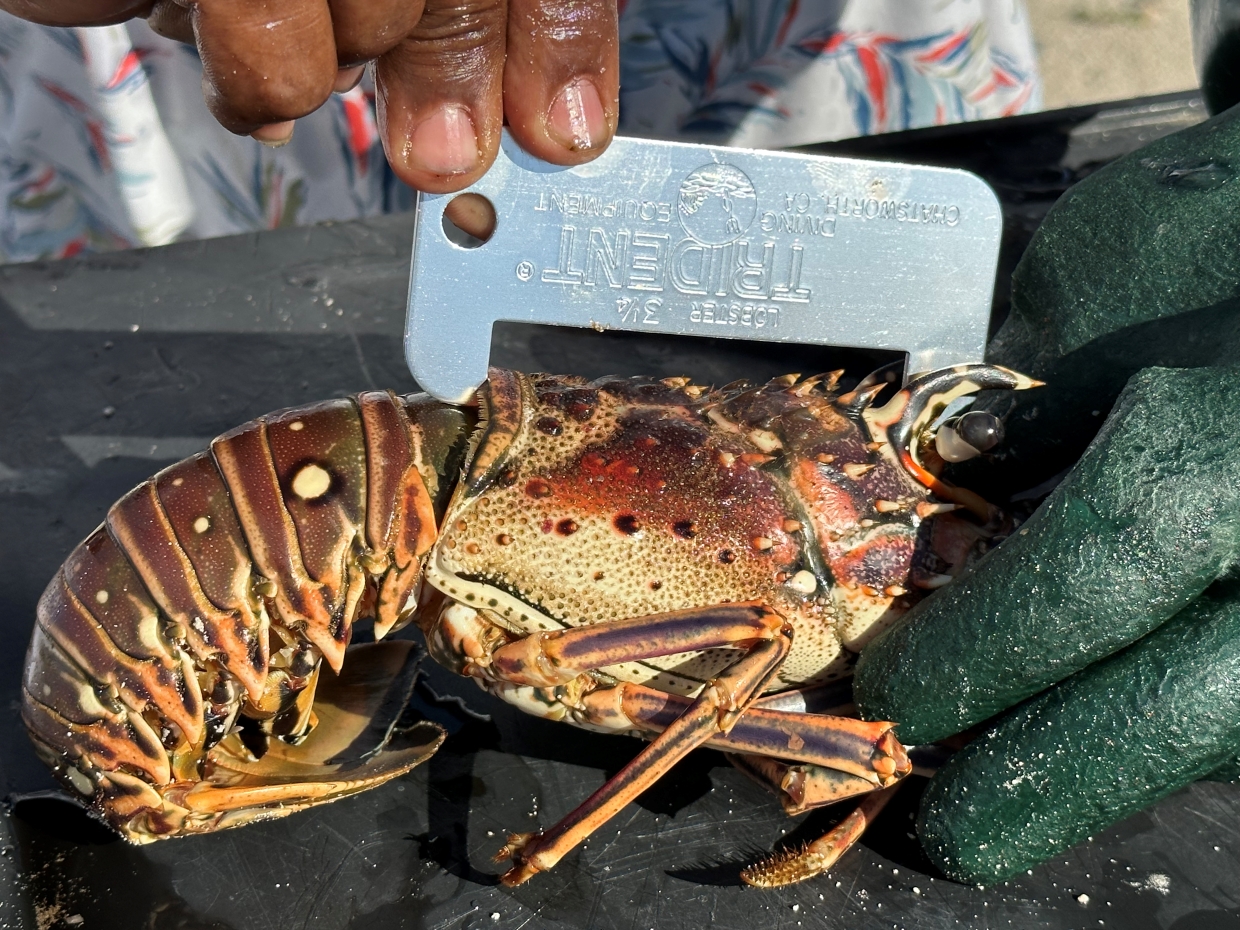
Lobster gauge being used by a TCI fisher. Credit - John Claydon.
Gauging sustainable spiny lobster fisheries in the Turks and Caicos Islands
The Turks and Caicos Islands (TCI), a UK Overseas Territory in the Wider Caribbean Region, is a small-island nation with a population of less than 50,000 people. While the country’s economy is now based around tourism, export fisheries supplied by small-scale fishers were once the dominant industry. On the small island of South Caicos with a population of approximately 1,000 people, the majority of residents are still directly or indirectly dependent on fisheries. All Turks and Caicos Islanders are allowed to fish recreationally or for subsistence, but they need a commercial fishing license if they want to sell their catch. There are about 250 commercially licensed fishers in TCI, but only 120 fish full-time, while the rest supplement incomes sporadically by fishing.
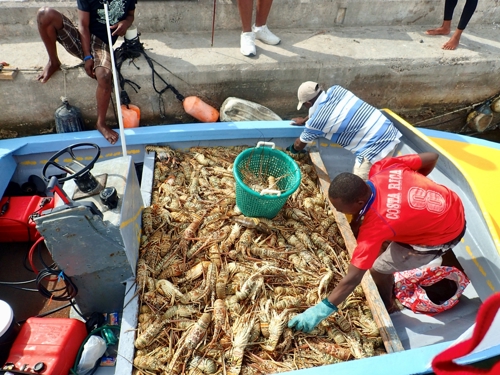
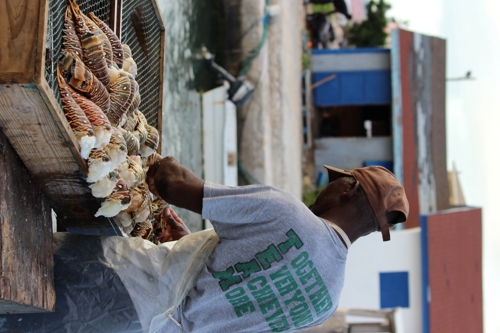
The Caribbean spiny lobster (Panulirus argus) is the most important fishery in the TCI. It also has the potential to be one of the most sustainable fisheries in the world: almost all lobsters are caught by a small number of free-divers, who, unlike many other fishers elsewhere, can fish without generating any unwanted bycatch, without leaving any plastic waste, and without damaging the habitats where they fish. The TCI lobster fishery is managed through a closed season corresponding to the lobsters’ breeding period, a network of no-take marine reserves where lobsters cannot be caught, and a minimum legal size: fishers are required to carry lobster gauges in every boat, and to return any lobsters back to the sea if their carapaces (hard upper shell) are smaller than 3¼ inches. However, for a number of years, fishers had been requesting these minimum size gauges to help them comply with the regulations and fish sustainably, but none have been available in the country. To overcome this, some have been using homemade gauges fashioned out of plywood or plastic; others have been using their fingers as a guide; but many just relied on their experience to judge by eye which lobsters were too small.
As part of the ‘Developing biodiversity stewardship among TCI fishers through outreach and education’ project, FisherFolkFirst, a local non-profit organisation, worked with the TCI Department of Fisheries and Marine Resources Management (DFMRM) and with local fishers to address this problem. Together, they identified the most suitable gauge on the market, and with Darwin Plus Local funds they purchased 600 units. The original plan was to buy only 300 gauges to supply all commercial fishers throughout the islands. However, Tom Bird, the owner of the company supplying the gauges (Trident Diving Equipment Inc.), generously dropped his prices because he wanted to support the project, and FisherFolkFirst was able to buy twice as many gauges. Marta Calosso and John Claydon from FisherFolkFirst travelled around the country and, with the help of DFMRM officers, they handed out gauges to commercial fishers and to seafood processing plants. This involved visiting as many of the docks and landing sites as possible on the three major fishing islands: South Caicos, Providenciales, and Grand Turk. They also created and posted flyers informing the public that gauges could be picked up by fishers for free at all DFMRM offices. The unexpected purchase of additional gauges has also allowed the DFMRM to keep a stock of gauges to cover demand for future years.
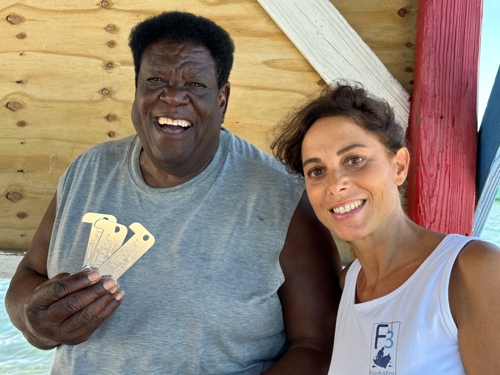
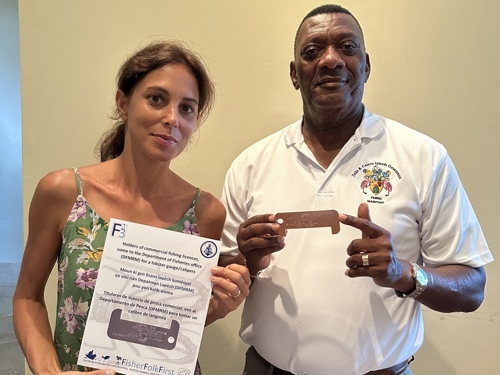
The response from fishers, the general public, and the government has been extremely positive. In fact, many fishers and fisheries officers stated that it would be great if they could also get gauges for other species with minimum sizes. As a first major output of FisherFolkFirst’s project, the lobster gauges have not only empowered fishers to harvest sustainably but have also broadened awareness about the importance of minimum sizes for lobsters and other fishery species. Building this awareness is a key step towards developing local stewardship of marine biodiversity among fishers and Turks and Caicos Islanders in general.
Written by Marta C Calosso (FisherFolkFirst, TCI) and John AB Claydon (Integrated Marine Biosphere Research, Canada and FisherFolkFirst, TCI). For more information on this Darwin Plus Local project DPL00045, led by FisherFolkFirst, please click here.
 Back
Back